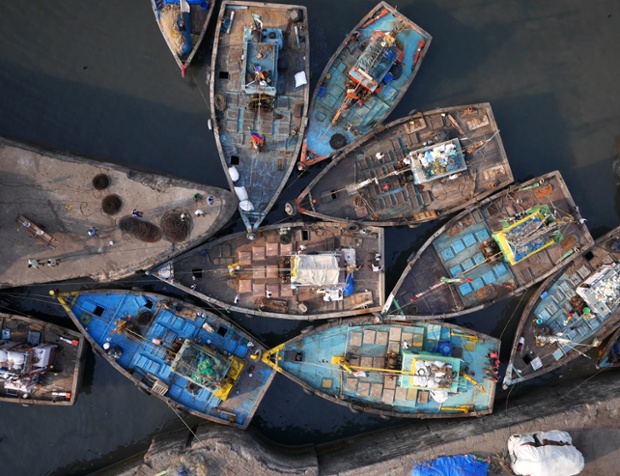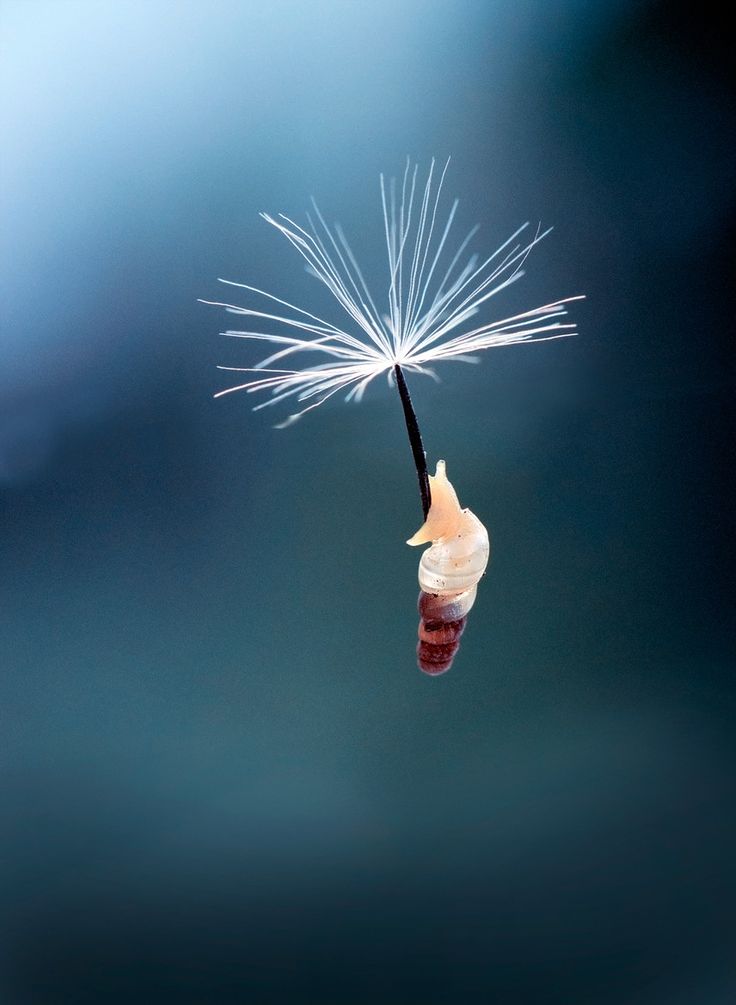








Incredible and powerful black and white photographs of storms across the central USA captured by Mitch Dobrowner. See much more of his work on his website.
Words by the photographer:
Landscape photographers count ourselves lucky to be in the right place at the right time if a storm system is moving through — but I wanted to actively pursue these events. Since storms are a process (not a thing) I needed a guide. I soon connected with Roger Hill (regarded as the most experienced storm-chaser in the world); he introduced me to Tornado Alley and the Great Plains of the United States.
In July 2009 Roger and I tracked a severe weather system for nine hours — from its formation outside of Sturgis, South Dakota, through Badlands National Park and into Valentine, Nebraska. Eventually we stopped in a field outside of Valentine, and there we stood in awe of the towering supercell (a thunderstorm with a deep rotating updraft) which was building with intake wind gusts of 60mph. It was like standing next to a 65,000-foot-high vacuum cleaner. It was unlike anything I had seen before in my life; the formation of the supercell had an ominous presence and power that I had never witnessed or experienced before. I remember turning to Roger, who was standing next to me, and saying, ‘what the ****… you have to be kidding me’. It was only the second day of my “experiment” in shooting storms, but I knew without a doubt that this experiment would become an important project to me.
Words are inadequate to describe the experience of photographing this immense power and beauty. And the most exciting part is with each trip I really don’t know what to expect. But now I see these storms as living, breathing things. They are born when the conditions are right, they gain strength as they grow, they fight against their environment to stay alive, they change form as they age… and eventually they die. They take on so many different aspects, personalities and faces; I’m in awe watching them. These storms are amazing sights to witness…. and I’m just happy to be there—shot or no shot; it’s watching Mother Nature at her finest. My only hope my images can do justice to these amazing phenomenona of nature.
—Mitch Dobrowner






























































































































































































































































































